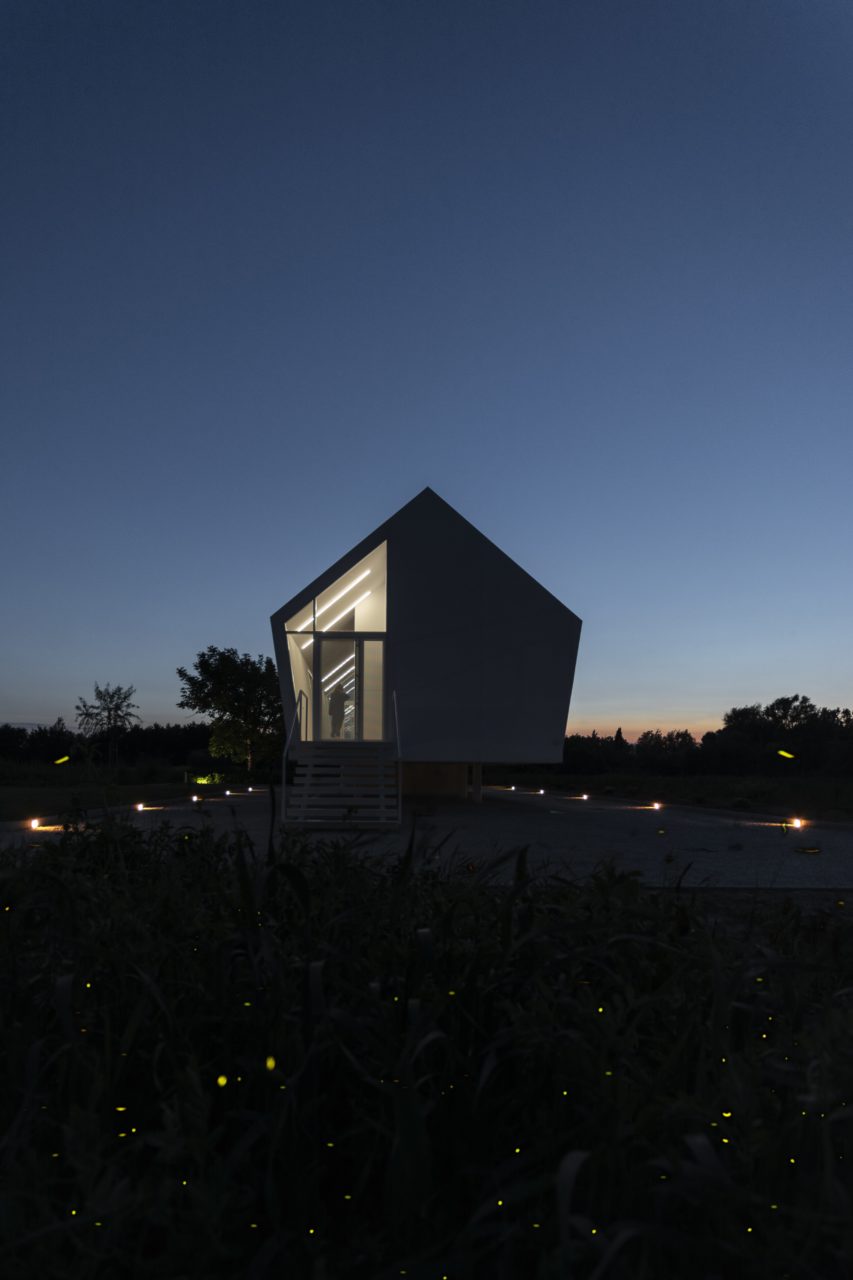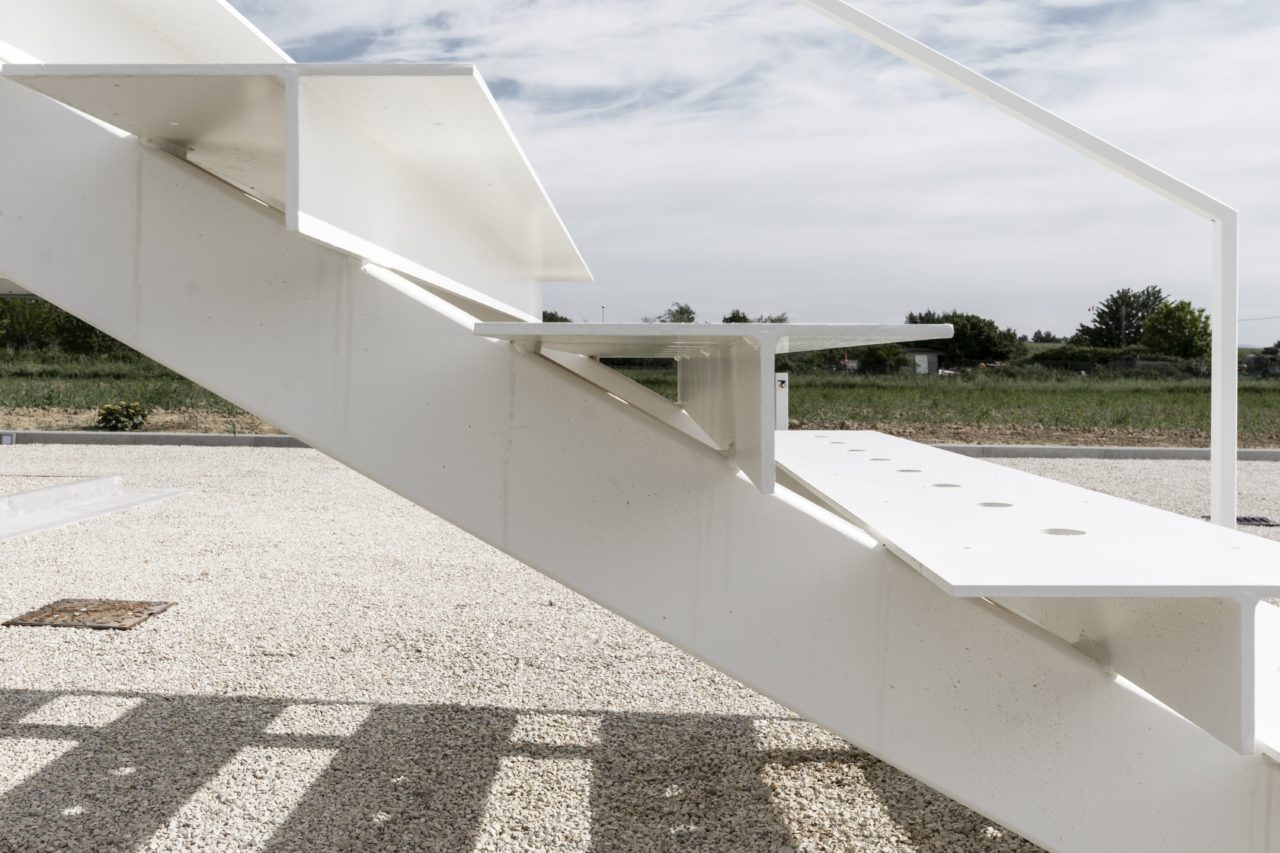
House in the Orchard / LDA.iMdA architetti associati
The frenetic rhythms of everyday life combined with that slow process of migration of large masses from the countryside to the cities, known asurbanism, have inevitably influenced the way of designing and living the house; such radical changes led us to wonder whether a rapprochement with nature and a rural lifestyle would still be possible today through the construction in fragile territorial contexts of contemporary architectural works capable of reactivating their social and relational potential.
Starting from this question, the experimental project of the House in the Vegetable Garden, designed by LDA.iMdA Architetti Associati in a peri-urban area of San Miniato, meets the client’s desire to get back to a lost dimension and to live closer to the vegetable world through the practice of cultivating a vegetable garden surrounding an 84 sqm house which features the ancestral forms of a childlike drawing, combining an ecological and sustainable dimension with the most advanced technologies.
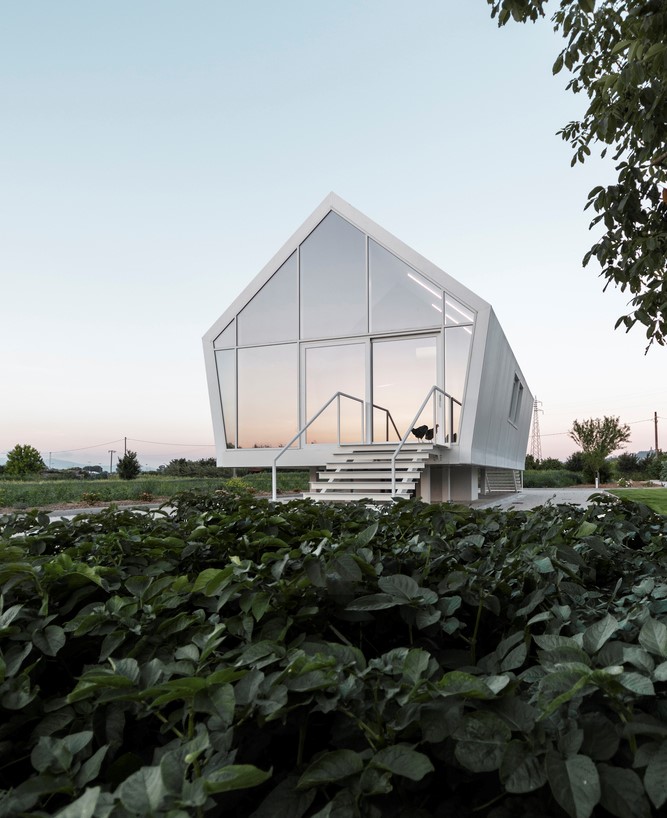
The house, which is not intended as a reinterpretation of traditions or of past figurative relationships, is indeed a prototype designed to become a model of an eco-sustainable and self-sufficient house, capable of dealing with a fluid and dynamic contemporary society.
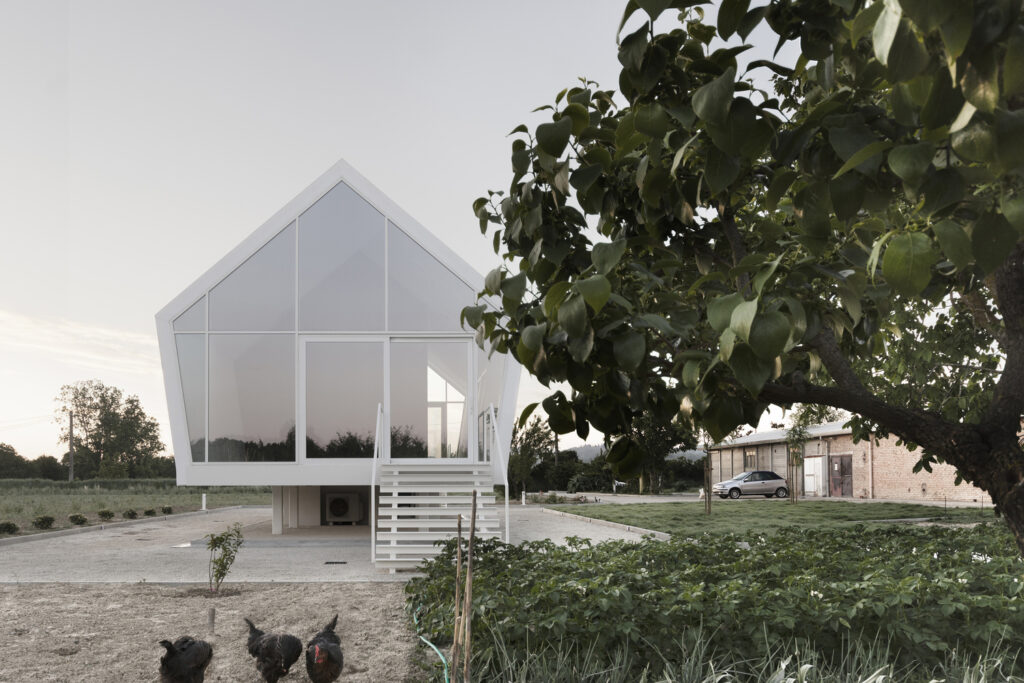
The House in the Vegetable Garden portrayed in these pictures is only the central element of a larger experimental project conceived by the dynamic firm LDA.iMdA Architetti Associati. The house, whose shape refers to the typical childish representation of a house, will in fact be inserted within a perimeter, circumscribed by a transparent envelope housing a winter greenhouse, and, in this way, it will harmoniously merge the living spaces with those designated for the cultivation.
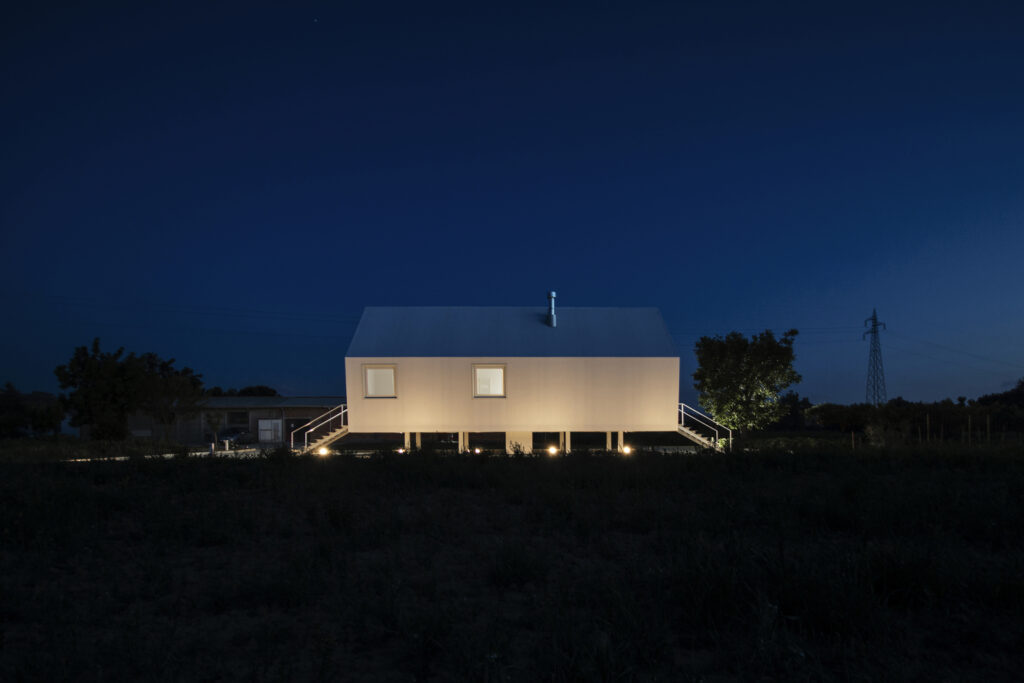
The house combines construction technologies that draw from the world of prefabrication with cutting-edge, accessible and eco-sustainable technological solutions, which make it completely self-sufficient. The simple modular structure, which exploits and re-adapts the technologies used for the construction of the greenhouses, is made with tubular aluminium / steel, cantilevered out of the ground from piles; the floating walking surface obviates hydraulic problems and at the same time reduces the impact on the landscape. The floor slab is made of a prefabricated larch-polystyrene-larch triple layer, treated with waterproofing products to protect the surfaces, while the external coating, made of panels covered by an eco-compatible and highly reflective white polyolefin sheet, has been conceived so as to create continuity between the walls and the roof and to reduce by over 50% the surface temperature of the roof, while keeping constant the room temperature.
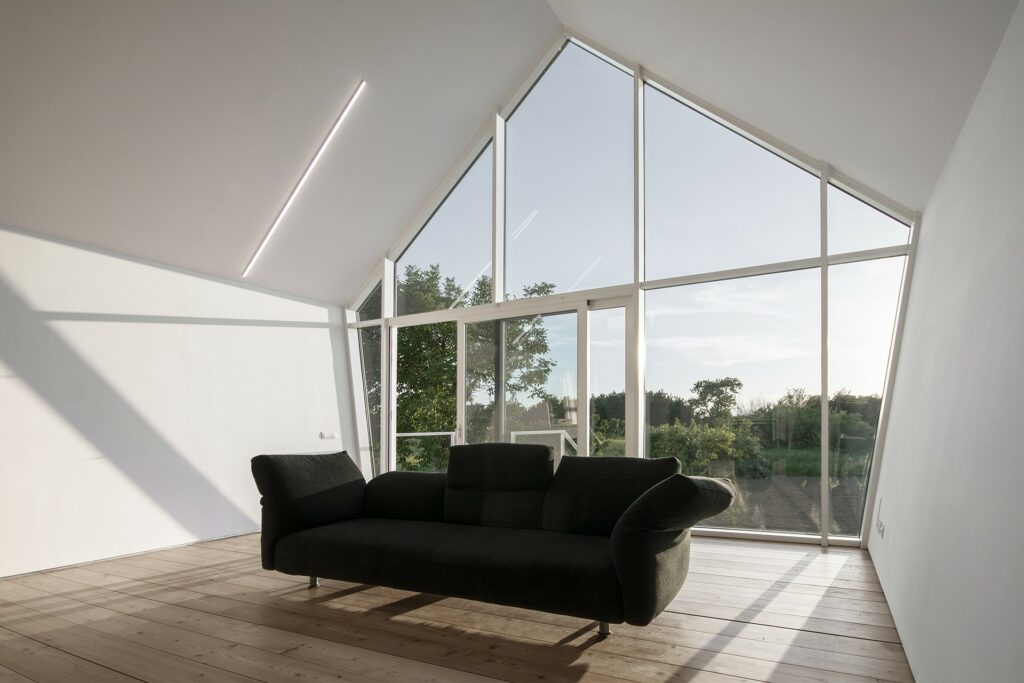
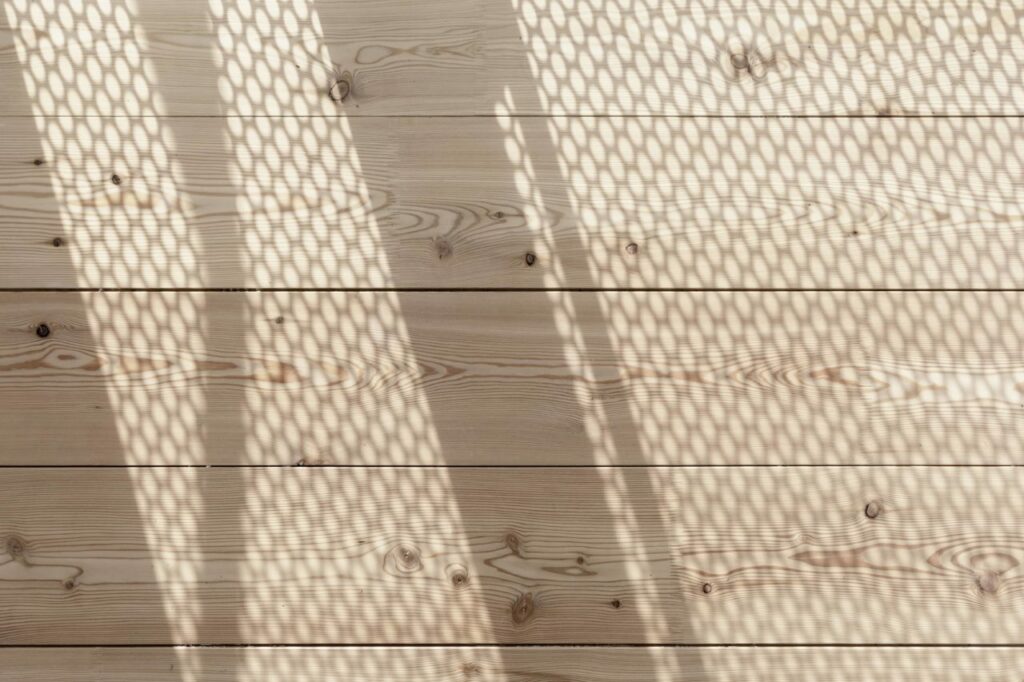
Inside the house, a living area and a sleeping area, located at the two ends of the building, are separated by a block with bathroom and kitchen and can be accessed via two entrance steel stairs. The House in the Vegetable Garden, which, thanks to the client’s architectural expertise, has host and will host different events, among which the 2019 edition of Studi Aperti, is part of that research aimed at investigating how the figurative synthesis of an architecture is often recursive in the activity of an architect, and how it can be an important element of investigation in seeking answers and / or suitable models required by a cultured and dynamic contemporary society.




